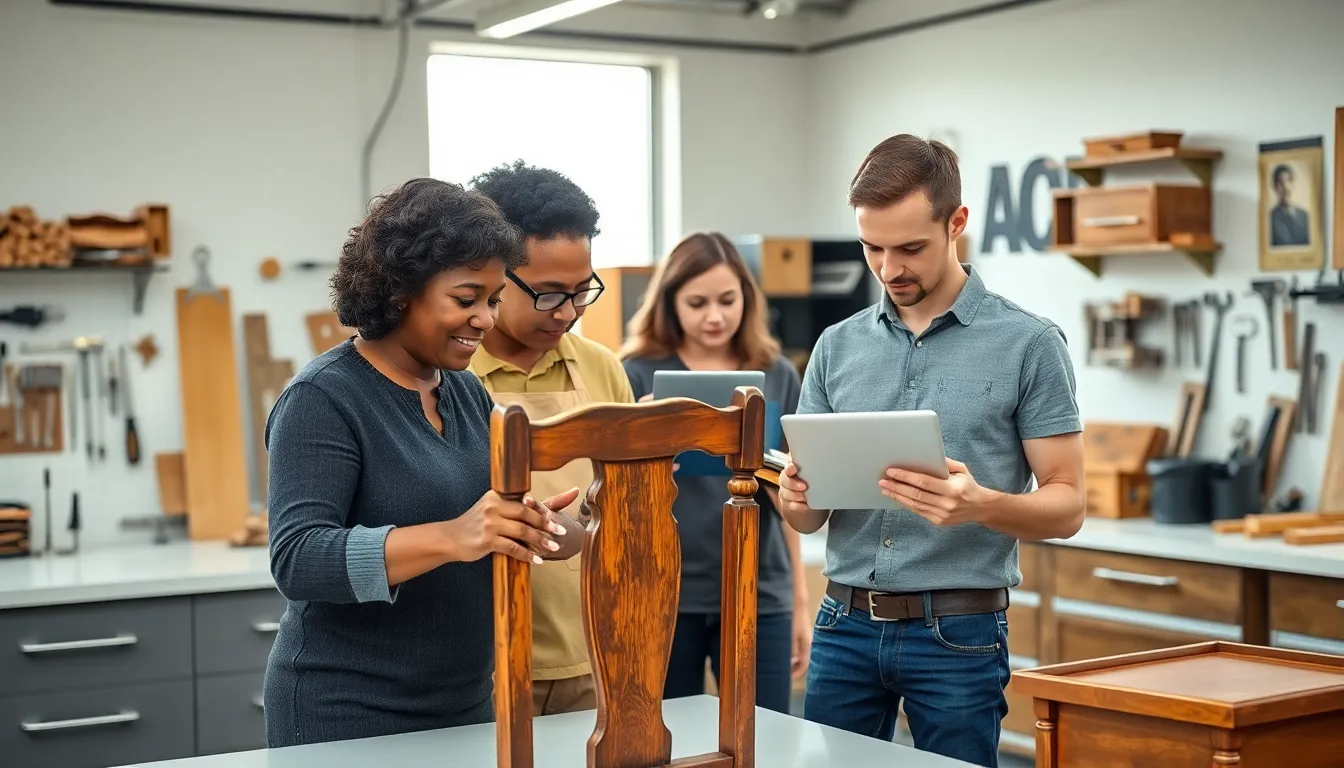Table of Contents
ToggleWhen it comes to restoration, finding the right alternatives can feel like searching for a needle in a haystack, or maybe like trying to find your keys when you’re already late. You know you need something to bring back that old charm or fix damage, but where do you start? Whether it’s a beloved vintage chair or a historic building in your neighborhood, understanding restoration options can save you time, money, and maybe even a few headaches. Let’s jump into the top restoration alternatives that not only bring back the beauty but also meet various needs, budget-friendly options included.
Understanding Restoration Needs

Restoration needs can vary widely. On one hand, there’s a sentimental value attached to items requiring restoration. On the other hand, architectural integrity may be at stake when dealing with historical properties. Understanding why restoration is essential should be the first step. Some people restore out of necessity, to fix a broken window or to rescue a family heirloom from the brink of destruction. Others pursue restoration for aesthetic reasons, breathing new life into tired objects that simply need a fresh approach.
Assessing what needs restoration is crucial. Is it functional? Is it stylistic? The needs will dictate the best course of action. Before jumping into options, it’s beneficial to think through each item’s historical context or the intended future use. A vintage piece of furniture might just require some refinishing, while an old building might need not only cosmetic work but also structural enhancements to ensure its longevity.
Factors to Consider When Choosing Restoration Alternatives
Choosing restoration alternatives isn’t simply about aesthetics: a few key factors can make a world of difference. First, think about your budget. Restoration can range from wallet-friendly DIY projects to high-end professional services. Understanding your financial scope will help narrow down your options.
Next, consider the material of the item in need. Different materials may react differently to restoration methods. For example, wood responds well to sanding and refinishing, while metal might require more specialized services to avoid rust recurrence.
Then, there’s the intended use of the restored item. If it’s a piece of furniture destined to see regular use, durability should trump aesthetics. Finally, consider the environmental impact. More people are opting for sustainable methods that are both effective and eco-friendly. Incorporating green practices can help modernize restoration efforts while carving a clear conscience.
Top Restoration Alternatives Overview
1. Eco-Friendly Restoration Options
Eco-friendly restoration has gained immense popularity and for good reason. It emphasizes sustainable materials and practices that minimize environmental impact while still achieving beautiful results. Products like water-based paints, organic finishes, and non-toxic adhesives not only get the job done but also help protect the planet. Think about using recycled materials whenever possible: they often lend a unique character to restoration projects.
2. Traditional Restoration Methods
These methods include tried-and-true techniques such as refinishing furniture with stains or varnishes and restoring architectural features to their original state. While the traditional approach suits many applications, it’s vital to use dependable craftsmanship to maintain authenticity. For items with significant historical value, sticking to traditional methods often yields the best results.
3. Innovative Restoration Technologies
Today’s tech-savvy restorers have a wealth of innovative options at their disposal. From laser engraving to 3D printing, technology opens up new doors for restoring never-before-seen items. Imagine building a replacement part for a cherished vintage car, technology can replicate virtually any piece. Even digital restoration techniques have begun to make waves in the art world, where canvas repairs and intricate retouching can enhance and extend pieces back into the public eye.
Evaluating Costs and Benefits
When it comes to assessing restoration options, weighing costs against benefits is essential. For instance, while eco-friendly materials may have a higher initial cost, they often lead to long-term savings, especially in energy-efficient applications like insulation or weatherproofing.
More traditional methods might be cheaper upfront but require potential ongoing maintenance that can add up over time. Likewise, innovative technologies might seem expensive, but they can yield faster, more precise results that save time, eventually saving on labor costs. Evaluating these trade-offs helps ensure that each restoration project aligns with both financial and aesthetic goals.







